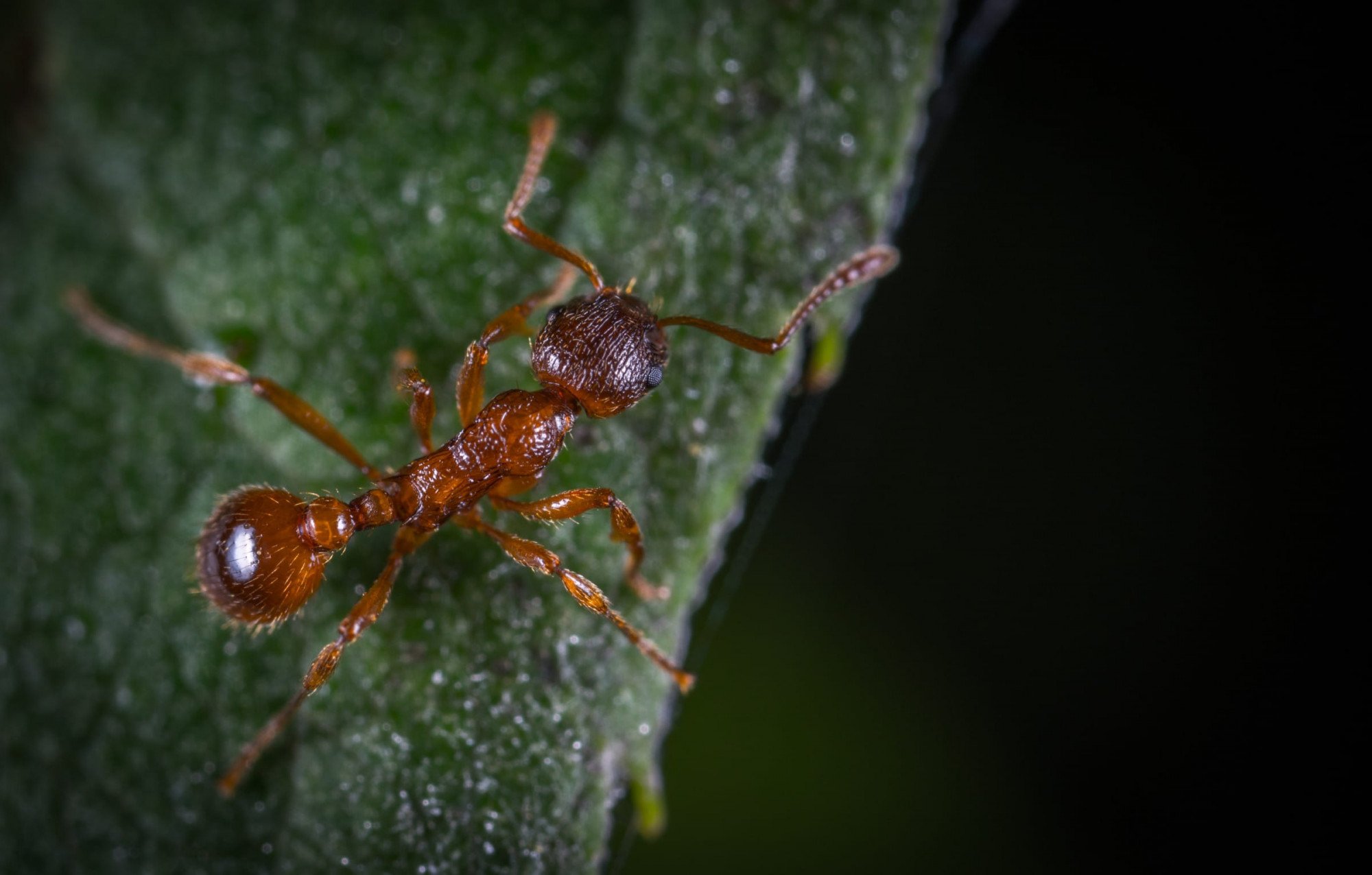24/7 Live Customer Service
CALL OR TEXT (225) 261-4198

Blog Post
Pest of the Month - Fire Ants

There are pests, and then there are those pests that sting. Fire ants, scientifically classified as part of the Solenassis group, are those insects that get near and in your home only to bite when you are not looking.
Many mistake fire ants for bigger versions of brown ants because of their appearance. The one factor that outwardly differentiates fire ants from traditional brown ants is their color. As their name implies, fire ants are redder than brown in color and are generally larger than your average brown ant.
Fire ants do not typically infest the inside of a home because they prefer to feed on plant nectar, seeds, and honeydew. These types of pests also feed on dead animals along with other insects and fruits. You are more likely to find fire ants in your garden or on the beach. It is not absolutely uncommon, however, for these sorts of pests to enter and remain in your home.
Your garage may particularly be favorable to fire ants. The atmosphere is ideal with its dampness and dead insects that you may not be able to clean up immediately. Basements and attics are also more desirable than kitchens or bathrooms. Like garages, these areas attract the insects that red ants love to eat.
It is important to be vigilant for signs of red ants. An infestation is evident when you see the sandy mounds that fire ants create. You may think that only a few fire ants live in one sandy mound. The reality, however, is that one colony can contain over 200,000 ants. Additionally, workers in the colony generally create underground tunnels for travel that can extend up to 25 feet.
You should not try to combat a fire ant infestation on your own. These pests tend to be very strategic in spreading and may create colonies on other parts of your property if you destroy one colony without treating the property as a whole. It is best to call a professional for help when your pests are fire ants.